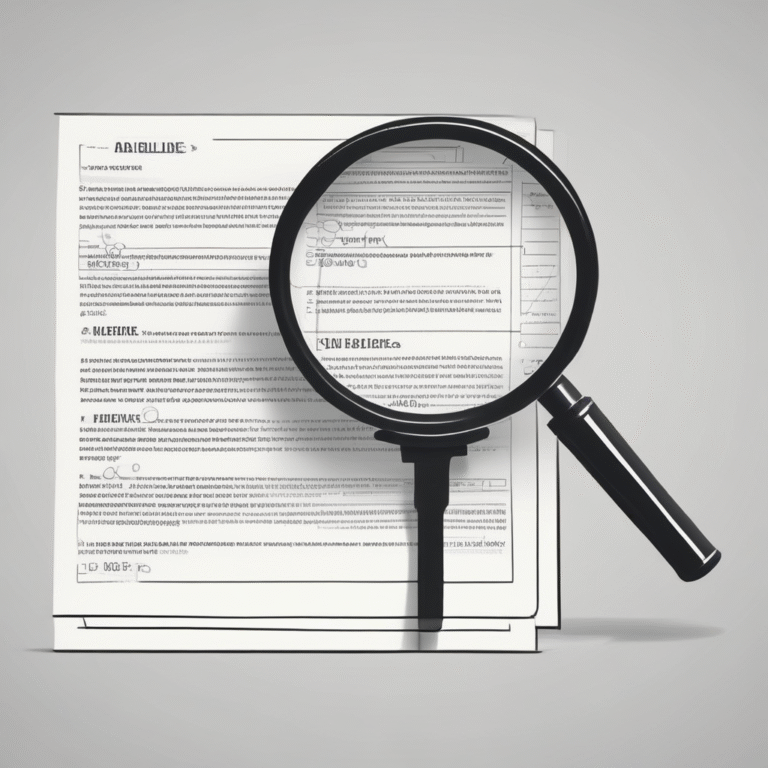Commission: Call for Input on EU Rules for General-Purpose AI Models
The European Commission is currently seeking feedback from stakeholders as it prepares to draft new guidelines governing general-purpose AI (GPAI) models. This initiative is part of the ongoing development of the AI Act, which aims to establish a regulatory framework for AI technologies within the European Union.
Consultation Process
In a recent announcement, the European Commission opened a consultation process inviting stakeholders to contribute their insights and experiences. This targeted consultation is essential for shaping the upcoming guidelines, which are intended to clarify key concepts related to GPAI models.
The Commission emphasized the importance of stakeholder input, stating that the guidelines will offer detailed explanations on critical questions such as:
- What constitutes a general-purpose AI model?
- Who qualifies as a provider in various scenarios?
- What actions are considered as placing a GPAI model on the market?
Support for Compliance
The guidelines are also set to outline how the AI Office will assist stakeholders in achieving compliance with the new rules. Additionally, they will detail how signing the Code of Practice—pending approval by the AI Office and the AI Board—could potentially alleviate administrative burdens for providers and serve as a benchmark for regulatory compliance.
Feedback Deadline and Stakeholder Engagement
Stakeholders, including providers of GPAI models, downstream AI system providers, civil society representatives, academics, and public authorities, are encouraged to submit their feedback by May 22, 2025. The Commission aims to publish the new guidelines before August 2025, although it is important to note that these guidelines will not be legally binding. Instead, they will serve as a resource for understanding the enforcement of GPAI rules within the wider framework of the AI Act.
Complementary Guidelines and Future Consultations
The forthcoming guidelines will complement the Code of Practice on General-Purpose AI, which is also scheduled for publication this summer. This will precede the formal implementation of the AI Act’s rules on GPAI, highlighting the Commission’s commitment to establishing a comprehensive regulatory environment for AI technologies.
Furthermore, the Commission is preparing to conduct a targeted consultation regarding the classification of AI systems as high-risk, which will further refine the regulatory landscape.
The EU AI Act: A Landmark Regulation
The EU AI Act, which entered into force last August, represents a significant step toward regulating the powerful capabilities of AI technologies. However, it is noteworthy that approximately 85% of all AI systems remain unregulated under this act, as stated by Henna Virkkunen, the executive vice-president for tech sovereignty, security, and democracy.
Virkkunen emphasized the Commission’s intention to ensure that companies understand that they are not subject to the AI Act’s regulations. For the remaining 15% of AI systems that fall under the act, the goal is to simplify compliance processes.
AI Act Service Desk
To facilitate this, the Commission plans to establish the AI Act Service Desk, which will serve as a central resource for businesses seeking guidance on compliance with the AI Act. This hub will provide vital information and support for navigating the new regulatory environment.
In summary, the European Commission’s initiative to gather stakeholder input on GPAI models is a crucial step toward developing a transparent and effective regulatory framework that balances innovation with accountability. Stakeholders are encouraged to actively participate in this consultation process to ensure that their insights shape the future of AI regulation in the EU.










